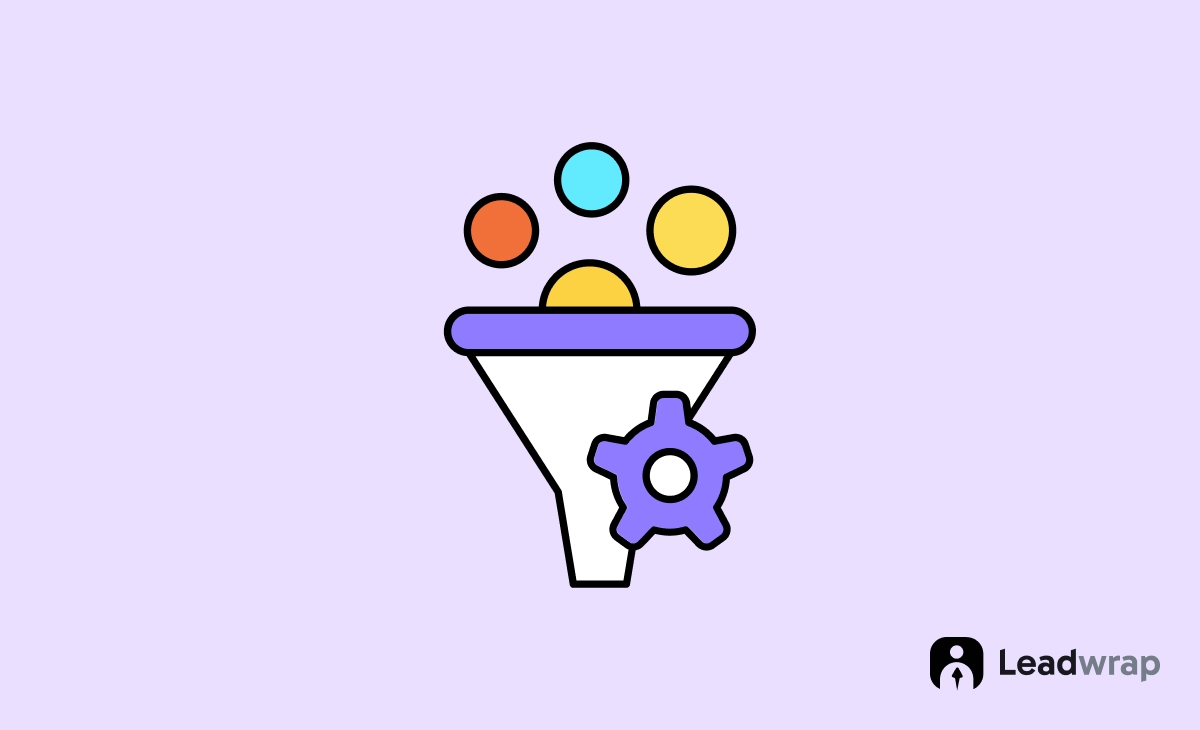
A few years ago, Sarah — a life coach with big dreams — was posting daily on social media. Motivational quotes, service promos, and the occasional personal update filled her feed.
But no matter how hard she tried, the inquiries just wouldn’t come. Frustrated and on the verge of giving up, she decided to try something different: instead of selling, she started sharing stories, practical tips, and bite-sized lessons her audience could actually use.
Within weeks, her inbox started to fill. People thanked her for the value she was offering and asked how they could work with her. Sarah realized that the secret wasn’t about creating more content — it was about creating better content that truly served her audience.
What happened to Sarah isn’t a fluke. Coaches and consultants who lead with value, insight, and genuine care naturally position themselves as trusted authorities. By offering content that helps, educates, or inspires, you don’t just get followers — you earn loyal, qualified leads
In this blog post, we’ll give you a clear overview of value-based content, walk you through its different types, and explain why traditional lead generation tactics are falling short.
So, without further ado, let’s dig deeper.
What is Value-Based Content?
Value-based content is a type of content that prioritizes delivering meaningful and relevant information to the audience rather than pushing direct sales or promotions. Its primary goal is to educate, solve problems, or provide insights that genuinely help the reader, making the content more user-focused than brand-focused.
This approach is rooted in understanding the audience’s pain points, goals, and questions, and then creating content that addresses those needs. Whether it’s a blog post, video, or social media update, value-based content aims to offer something useful—be it advice, inspiration, or a new perspective—without expecting immediate returns.
By consistently providing this kind of value, brands can build credibility, trust, and stronger relationships with their audience. Over time, this trust can lead to higher engagement, loyalty, and ultimately conversions, as people are more likely to buy from brands they find genuinely helpful.
Types of Value-Based Content That Convert
Creating value-based content is one of the most effective ways to attract, engage, and convert your audience. Here are the top types of value-driven content that consistently generate results.
Educational blog posts
These are in-depth articles that solve specific problems or answer common questions your audience has. They provide actionable tips, how-to guides, or explainers that establish your brand as a helpful authority in your niche. When optimized for search intent, they attract the right traffic and convert readers into leads.
Case studies and success stories
Real-world examples of how your product or service helped a customer overcome a challenge can powerfully influence potential buyers. These stories provide proof of value, build trust, and show the practical outcomes of your solutions—making them highly persuasive.
Free tools and resources
Offering calculators, templates, checklists, or toolkits tailored to your audience’s needs adds immediate value. These resources often require an email sign-up, making them excellent for generating qualified leads while delivering something genuinely useful.
Webinars and video tutorials
Live or recorded sessions that teach a skill or walk viewers through a process are incredibly engaging. They build authority and allow for real-time interaction, making them effective for nurturing leads and driving conversions.
Email Courses and Drip Campaigns
Short, structured learning experiences delivered over email help build ongoing engagement. By delivering consistent, high-quality content over time, you position your brand as a go-to source—making conversions feel like a natural next step.
Expert roundups and interviews
Featuring insights from industry leaders adds credibility and value while exposing your brand to wider audiences. These pieces tap into authority and trust, increasing engagement and sharing potential.
Comparison and buying guides
Help your audience make informed decisions by comparing products, tools, or services. These guides reduce decision-making friction and often lead users closer to a purchase, especially when your offering is included.
How Coaches and Consultants Can Attract Leads with Value-Based Content
In the ground of coaching and consulting, gaining trust is the first step to attracting clients. Traditional sales tactics often fall flat because today’s audience seeks authenticity and expertise—not hard sells.
This is where value-based content becomes a game-changer. By consistently delivering helpful, relevant information tailored to your ideal client’s needs, you can position yourself as the go-to authority in your niche while generating high-quality leads.
Understand your ideal client’s Pain Points
Before creating content, know who you’re helping. Coaches and consultants should develop detailed client avatars—demographics, goals, challenges, objections, and common questions. When you address specific pain points, your content resonates more deeply and earns trust faster.
Example: If you’re a leadership coach targeting mid-level managers, write about challenges like imposter syndrome, team motivation, or conflict resolution.
Create educational and actionable content
Offer insights people can actually use. This builds credibility and demonstrates the results they can expect from working with you.
Content types to try:
- How-to guides and tutorials
- Case studies showing client transformation
- Checklists and templates
- Mini video lessons or live Q&As
Key tip: Always include a small, actionable takeaway so prospects feel they’ve gained value—even without hiring you.
Share personal stories and client wins
Value isn’t only about how-to’s—it’s also about relatability and proof. Share personal stories of growth or client success (with permission). These create emotional connections and show your method works in real life.
Pro tip: Use storytelling to frame your client’s “before and after,” showcasing your process subtly within the story.
Optimize for search and social reach
Even the best content won’t attract leads if no one sees it. Optimize blog posts for SEO by targeting relevant keywords, and make your content shareable on platforms like LinkedIn, Instagram, or YouTube.
Ideas:
- SEO blog post: “Top 5 Mindset Shifts for New Entrepreneurs”
- Instagram carousel: “3 Mistakes Holding You Back from Better Clients”
- LinkedIn article: “How I Helped a Consultant Increase Revenue by 40% in 3 Months”
Use lead magnets strategically
Turn content consumers into leads with a lead magnet—a free resource that requires an email address. Make sure it directly ties into your services and solves a real need.
Examples:
- Free eBook: “The First 7 Steps to Launching a Coaching Business”
- Quiz: “What’s Your Consulting Superpower?”
- Worksheet: “Client Avatar Blueprint”
Once they download your lead magnet, follow up with a value-driven email sequence that nurtures the relationship.
Show up consistently
Consistency builds authority. Post regularly on platforms where your audience spends time. A well-structured content calendar ensures your message stays top of mind—and more exposure means more leads.
Bonus Tips: Why Traditional Lead Generation Tactics Are Failing
Traditional lead generation tactics like cold calling, mass emailing, generic landing pages, and untargeted ads are increasingly ineffective in today’s digital landscape. Here’s why they’re falling short—and what’s replacing them.
Buyer behavior has changed
Modern consumers are more informed and autonomous. They research online, read reviews, and seek peer recommendations long before contacting a sales team. Traditional tactics assume the seller controls the buyer’s journey, but today’s buyers demand value before engagement.
Information overload has desensitized audiences
Inboxes are flooded with cold emails, phones ring with spam calls, and ads are everywhere. Consumers have become desensitized to impersonal outreach, making it harder for traditional methods to break through the noise. People crave personalization, not mass marketing.
One-size-fits-all doesn’t work anymore
Generic lead magnets and landing pages fail to resonate. Audiences want tailored content and messaging that speaks to their specific pain points. Traditional tactics often ignore segmentation and personalization, leading to low engagement and high bounce rates.
Lack of trust in outbound methods
Trust is a currency in today’s digital economy. Outbound tactics—like cold calls or unsolicited emails—feel intrusive and manipulative. In contrast, inbound approaches (content marketing, SEO, social proof) build trust by offering value before asking for anything in return.
Algorithms and privacy regulations are evolving
Social media platforms and email providers now prioritize content relevance and engagement. GDPR, CCPA, and similar regulations also limit how businesses can collect and use data. These changes make old-school lead gen methods less scalable and riskier.
Poor ROI and tracking
Traditional tactics are hard to measure and optimize. Without proper analytics or automation, it’s difficult to know what’s working. Newer methods like performance marketing and marketing automation platforms offer better tracking and higher ROI.
Final Thoughts
For coaches and consultants, value-based content is the magnet that draws in qualified leads without pushy tactics.
By solving problems, sharing real stories, optimizing reach, and offering irresistible freebies, you create a trust-driven ecosystem that naturally converts followers into clients. In the end, the more you give, the more you grow.




